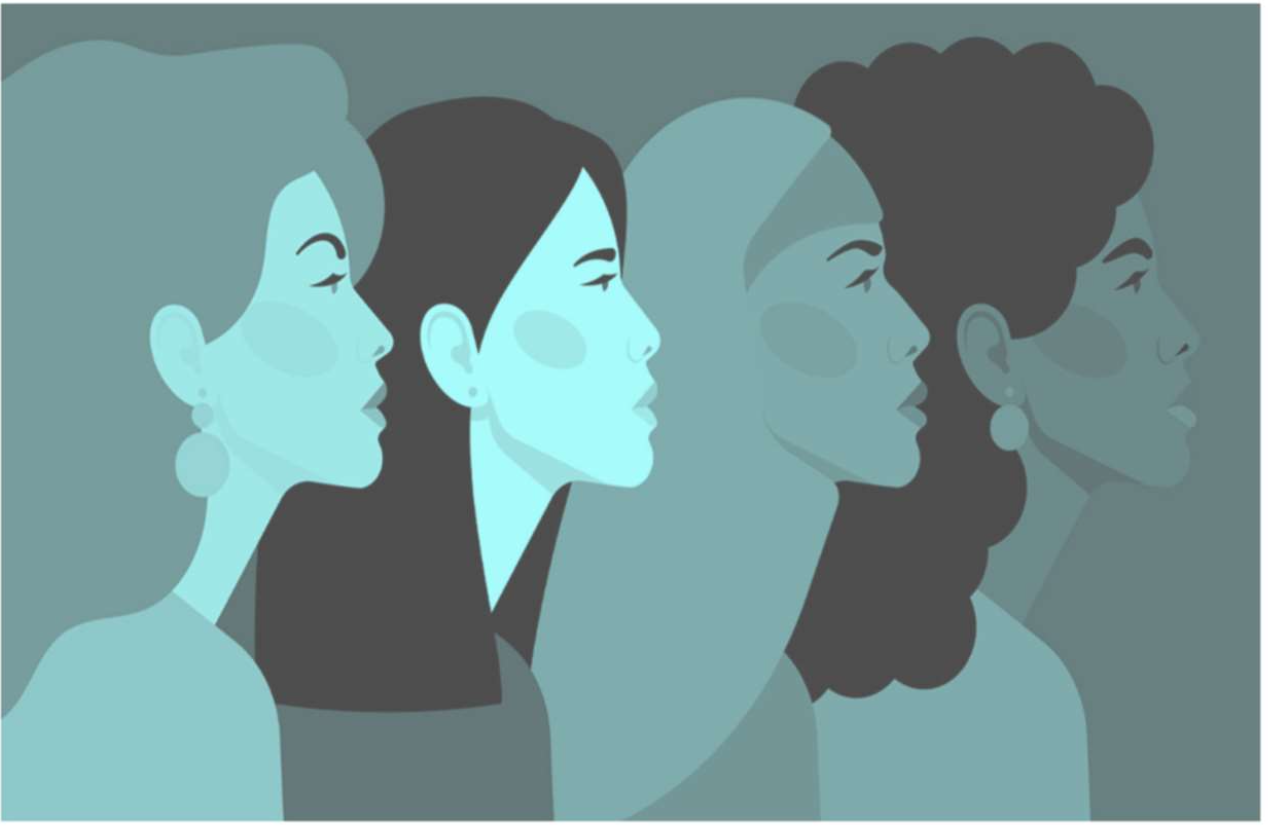FOR IMMEDIATE RELEASE
July 20, 2022
Contact: William Lutz | lutz@iwpr.org | (202) 684-7534
State Rankings on Access to Reproductive Health Services
Washington, DC — Today, the Institute for Women’s Policy Research released an update to its Reproductive Rights Index detailing how the 50 US states and the District of Columbia protect and expand or restrict and limit women’s reproductive rights and ranks them accordingly.
The top-ranked state for women’s reproductive rights is New Jersey. California ranks second, followed by Washington, Oregon, and Connecticut. Conversely, the worst-ranked state for women’s reproductive rights is Missouri, ranking 51st in the index, followed by Idaho, Nebraska, Arkansas, and South Dakota.
The report also shows a correlation between reproductive health access and economic security for American women, with the average median income and educational attainment of women scoring higher in states ranked highest for reproductive rights.
“In these challenging times for women, IWPR’s Reproductive Rights Index clearly demonstrates the need to protect and expand access to reproductive health services and how integral those services are to the economic security and mobility of women across the country,” said Dr. C. Nicole Mason, President, and CEO of IWPR.
In addition to the state rankings above, the Index also shows:
- The number of states earning a failing grade has increased since 2015. Seven states earn a failing grade on the index: Arizona, Arkansas, Idaho, Missouri, Nebraska, North Dakota, and South Dakota. In 2015, only four states earned a failing score on the index.
- In the lowest-ranked states for women’s reproductive rights, the average median income for women is $24,335 compared to $29,251 in the top five states. The median income for women in Missouri, the worst-ranked state in the index, is $25,139 compared to $31,487 for women in New Jersey, the top-ranked state in the index.
- Women residing in the highest-ranked states for reproductive rights were also more likely to have higher levels of educational attainment than women in lower-ranked states. In the five top-ranked states, 33 percent of women have a bachelor’s degree or higher. In the bottom five ranked states, 26 percent of women have a bachelor’s degree.
IWPR’s Reproductive Rights Index is being released on the heels of IWPR’s game-changing research detailing the cost of abortion bans and other reproductive health restrictions on state economies. That research estimates that, at the national level, state-level abortion restrictions cost local economies $105 billion USD per year by reducing labor force participation and earnings levels and increasing turnover and time off from work among women ages 15 to 44 years. Details, including a state-by-state breakdown, can be found here.
“The lack of access to reproductive health care services in some states, including abortion care, has already had a devastating effect on women’s short-and-long-term earnings and income, job security, and career advancement. The overturning of Roe v. Wade will only make things worse. In this current political landscape, it is a travesty that the economic security of women and their families is largely dictated by where they live and their access—or lack of access—to comprehensive reproductive health services,” said Mason.
IWPR’s Reproductive Rights Index and State Rankings can be found here.
The Institute for Women’s Policy Research strives to win economic equity for all women and eliminate barriers to their full participation in society. As a leading national think tank, IWPR builds evidence to shape policies that grow women’s power and influence, close inequality gaps, and improve the economic well-being of families. Learn more at IWPR.org and follow us on Twitter.



